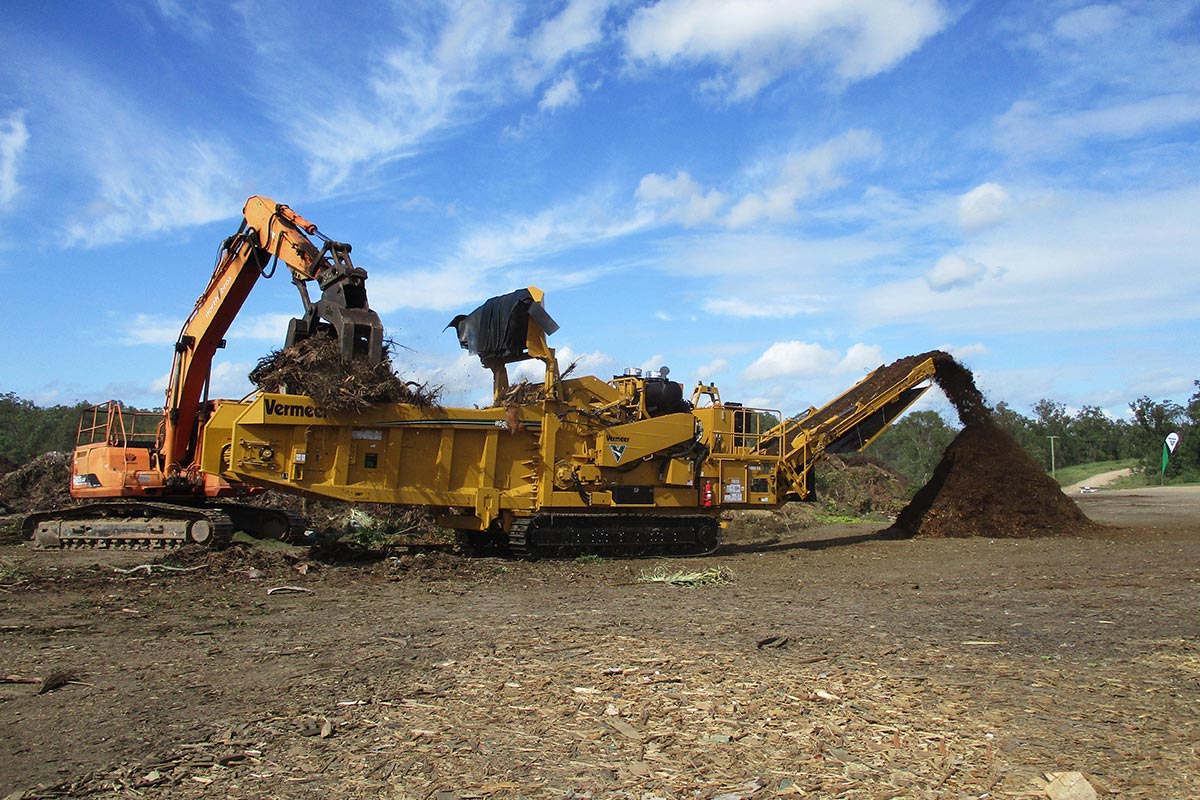Solar power is becoming an integral part of Australia’s energy mix, with the Australian PV Institute confirming that in mid-2018 there was 35GW of solar farms in the planning and development pipeline. As solar farms span across a vast area, land clearing activities need to take place to ensure the area is clear. Ongoing maintenance of the land is also important as uncontrolled undergrowth can cause the panels to be damaged. Both land clearing and regular maintenance activities are required with the right equipment.
Depending on the size and environment of the area to be cleared, land clearing and ongoing maintenance for a solar farms can involve the removal of bushes, stumps and trees to accommodate development and maintain the solar farm.
Vermeer Australia’s National Sales Manager for Environmental Equipment, Craig Baillie, said mechanical machine clearing is a popular method for large development areas. This reduces labour costs and increases productivity.
“There is a variety of land clearing equipment that is commonly used on large land clearing and maintenance projects in order to clear the ground quickly, including horizontal grinders, whole tree chippers and wood chippers.
“Hiring a contractor that has the right equipment can ensure land clearing is completed effectively and efficiently, while also causing minimal disruption to the natural environment and keeping projects on schedule.”
Horizontal grinders are best utilised on larger jobs where an area of five acres or more needs to be cleared, such as for the development of solar farms, as they are able to process greater amounts of wood waste quickly and efficiently.
“Horizontal grinders have a long feed table and conveyer that guide material into the grinder so workers don’t need to waste time ensuring the correct placement of material in the grinder. This makes them ideal for processing the longer, bushier material that is typically required to be processed on land clearing projects,” Mr Baillie said.
“Solar farms also have a lot of pallets and waste to manage, as almost each solar panel will arrive on a separate pallet.
The Vermeer HG6000TX will grind these waste products and can be used as ground cover for dust control or landscaping, or to simply reduce waste volumes.
“As solar farms often involve working around a tough jobsite, having a versatile machine is also important. The Vermeer HG6000TX has been designed for such sites.”
The HG6000TX has a number of other features that help increase productivity and efficiency, and reduce costs.
“The machine uses the Vermeer SmartGrind system, which increases productivity by automatically controlling grinding speed based on engine rpm levels, and its series II duplex drum system with reversible hammers improves cutting performance and cutter blocks to simplify maintenance while also increasing wear life by nearly double,” Mr Baillie said.
“The top-loading screens are designed to give operators easy access, job site safety is enhanced with a Thrown Object Deflector which reduces the quantity and distance of thrown debris, and multifunction remote control units allow operators to operate the machine from inside the excavator.”
For development projects which are smaller than five acres or for ongoing maintenance work, whole tree chippers and wood chippers will be more productive and cost efficient.
“In the past, wood chippers were limited to smaller projects, but larger models with the ability to process material up to 53cm (21 inches) in diameter are now available that have made it into the land clearing market. Whole tree chippers such as Vermeer’s WC2300XL start at a capacity of 58.4cm (23 inches), with the WC2500TX larger model able to process material up to 63.5cm (25 inches), ” Mr Baillie said.
“Vermeer’s WC2300XL whole tree chipper and range of wood chippers are ideal for land clearing and maintenance projects as they can be attached to a skidder or excavator, allowing the machine to be moved around the job site and process materials in one pass.
“This reduces labour costs and increases job efficiency as the material to be processed doesn’t need to be cut into smaller, easier to handle pieces before being moved to the chipper.
“It also makes them easier to be used to maintain solar farms as they can be moved around between the rows of panels to help clear undergrowth.”
Mr Baillie said it’s also important to look for equipment with features designed to increase productivity.
“All Vermeer whole tree chippers and wood chippers come with a SmartFeed feed-sensing control which enhances productivity by stopping and reversing the feed roller to optimally process large, hardwood material,” Mr Baillie said.
“Select models are also available with a remote control, enabling workers to operate a loader/ excavator while still maintaining control of the chipper.”
Click here to read the full article in the November edition of Infrastructure Magazine.

 MyDealer:
MyDealer:


